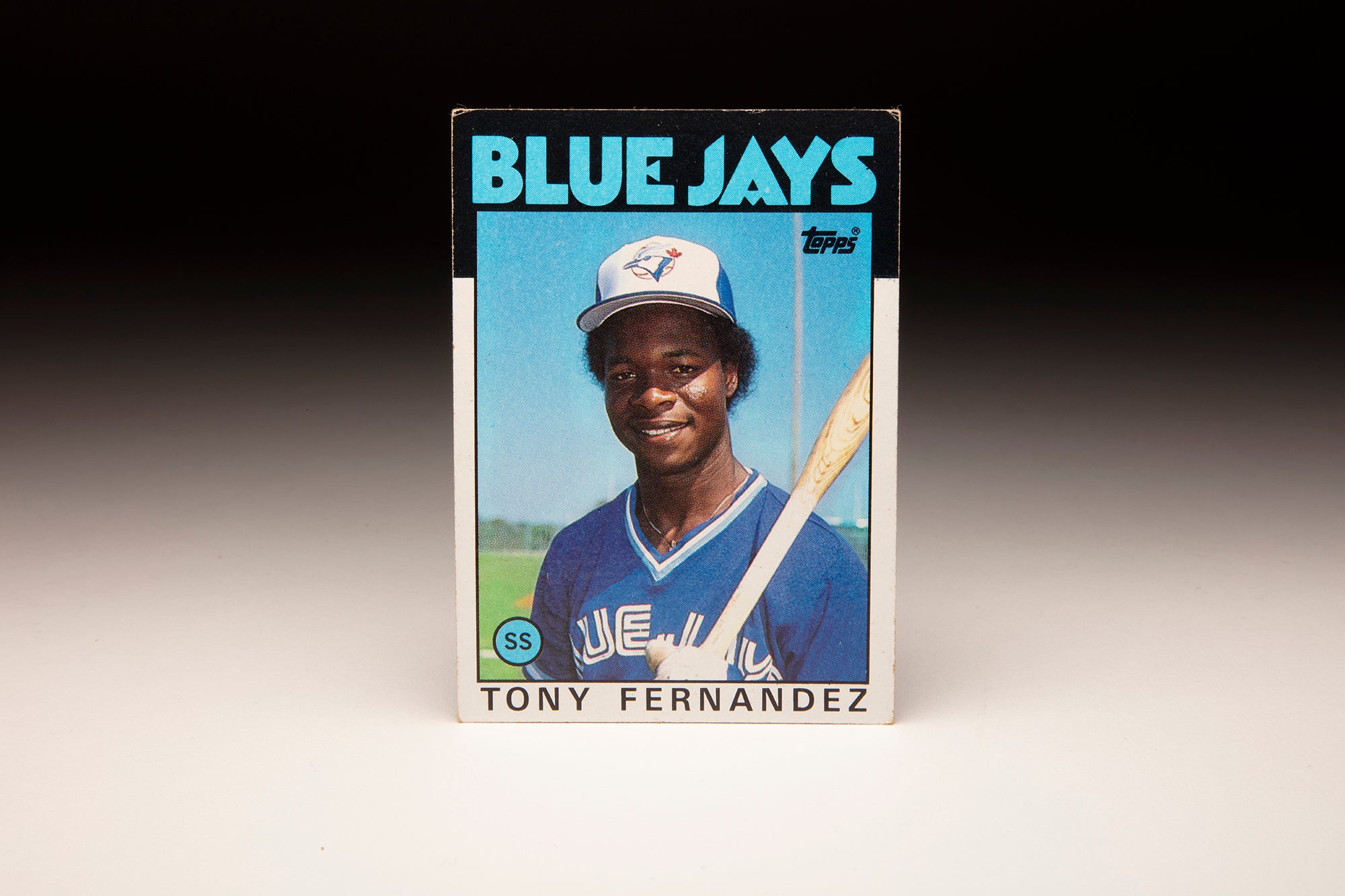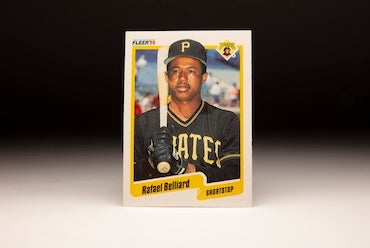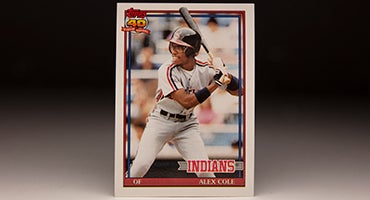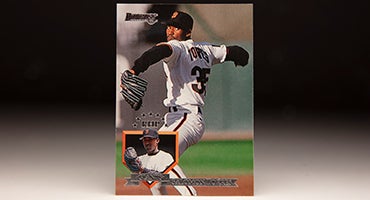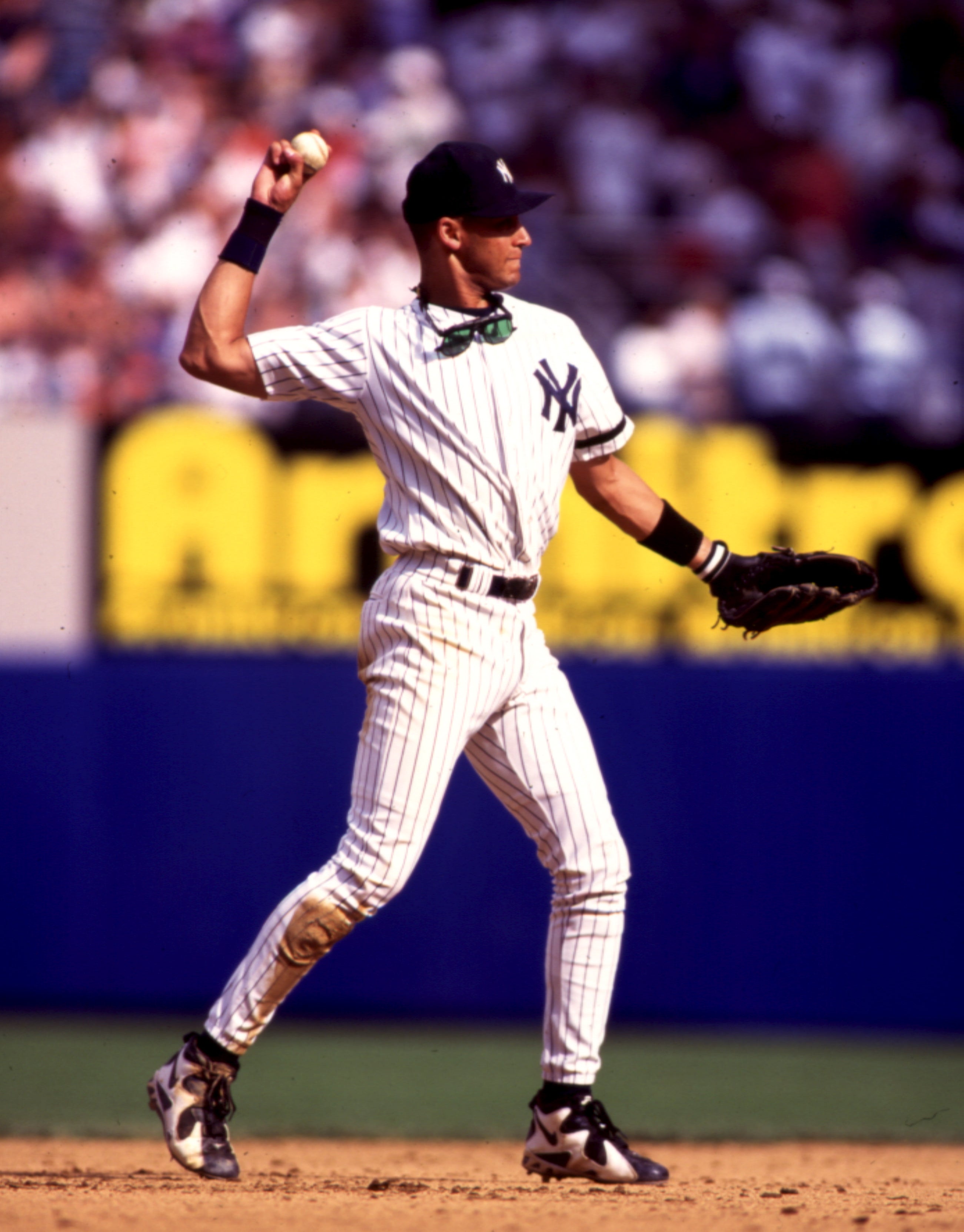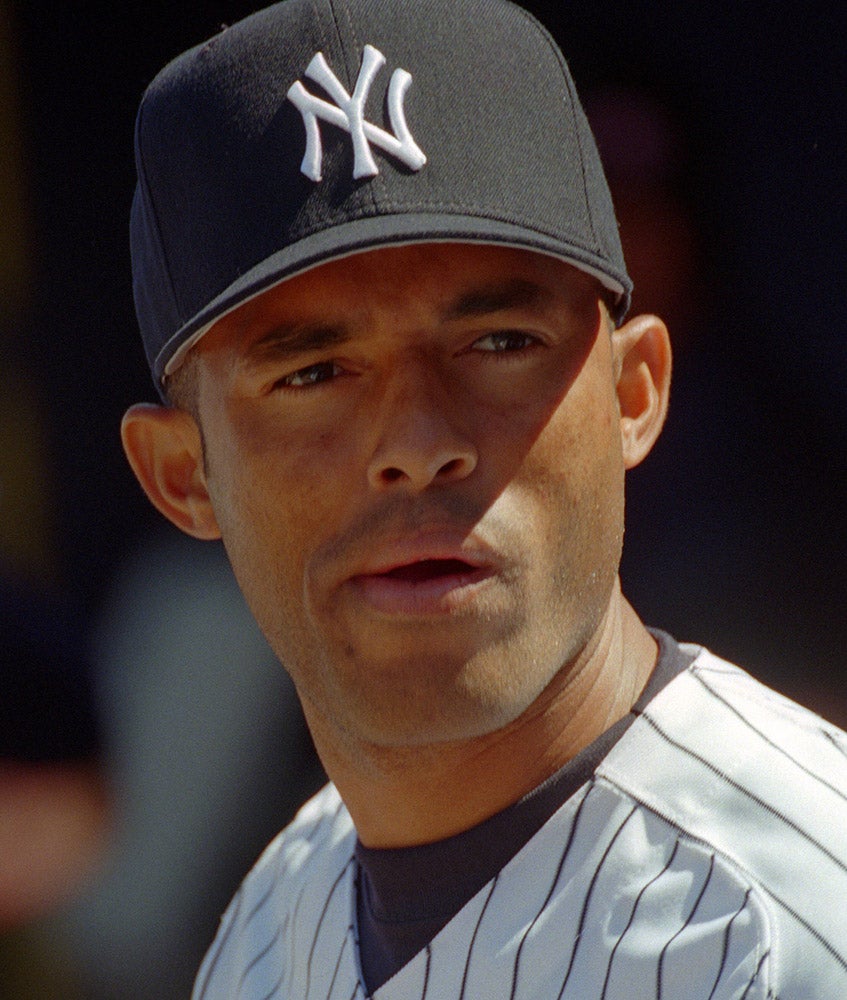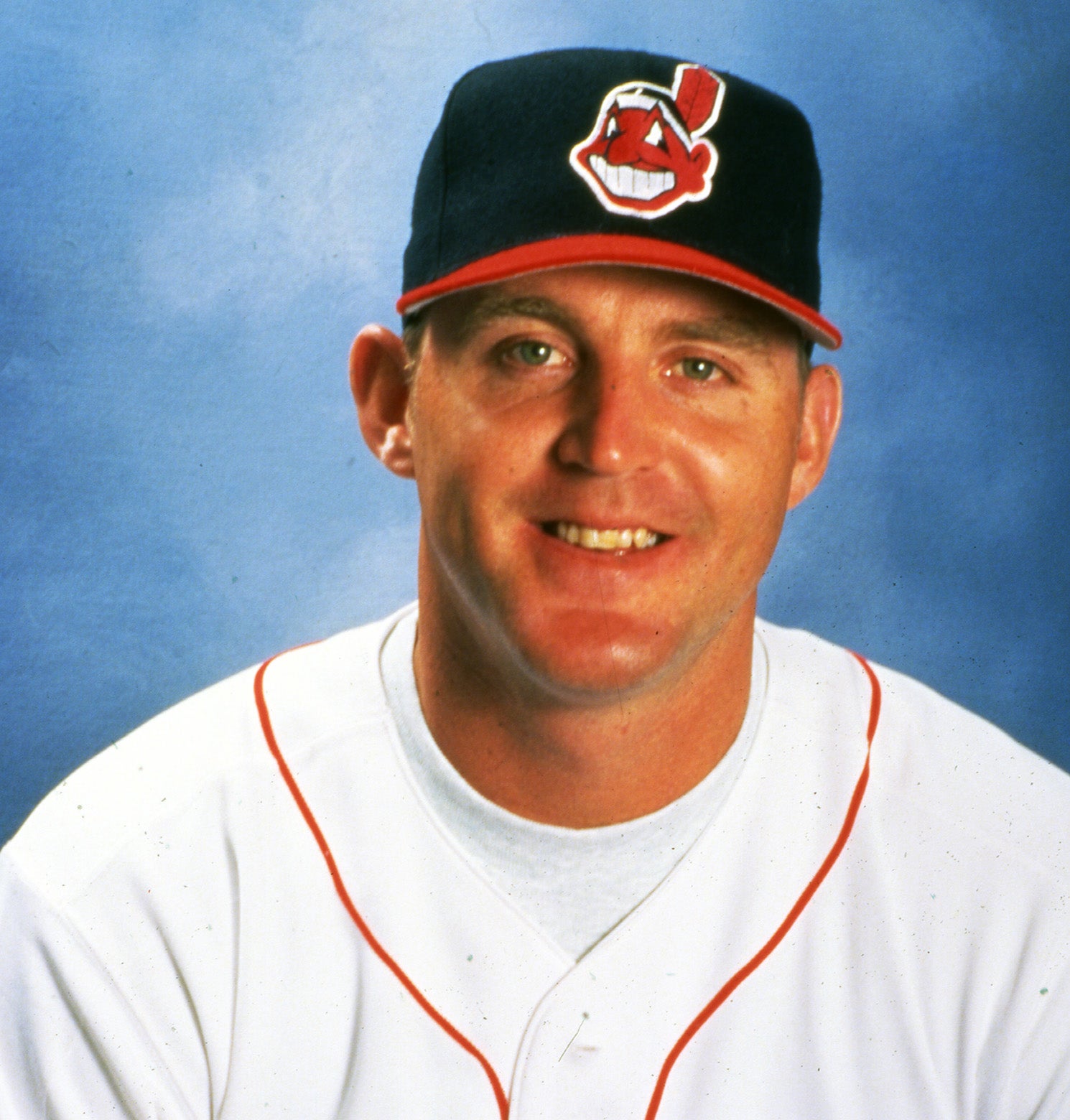- Home
- Our Stories
- #CardCorner: 1988 Topps Félix Fermín
#CardCorner: 1988 Topps Félix Fermín
In the late spring of 1995, Yankees starting shortstop Tony Fernández sustained a rib cage injury and was sidelined for about two weeks. The Yankees filled the void by bringing up 20-year-old Derek Jeter to make his big league debut.
But there was uncertainty that Jeter could handle the job. So the Seattle Mariners called up Yankees executive Brian Cashman with a trade offer: New York would get veteran shortstop Félix Fermín in exchange for either Bob Wickman or another pitcher who had just made his big league debut – Mariano Rivera.
“There was pressure to do the deal,” Cashman told the New York Daily News. “Thankfully, we rejected it.”
Within a year, Jeter proved more than capable of playing shortstop on the game’s biggest stage. And Rivera was on his way to become the most dominant relief pitcher in history.
Fermín, meanwhile, appeared in his last big league game on Aug. 7, 1996, for the Cubs – a little more than three months before Jeter and Rivera helped the Yankees win the World Series. But over 10 MLB seasons, Fermín left his own mark on the game as one of the most surehanded infielders and beloved teammates of his era.
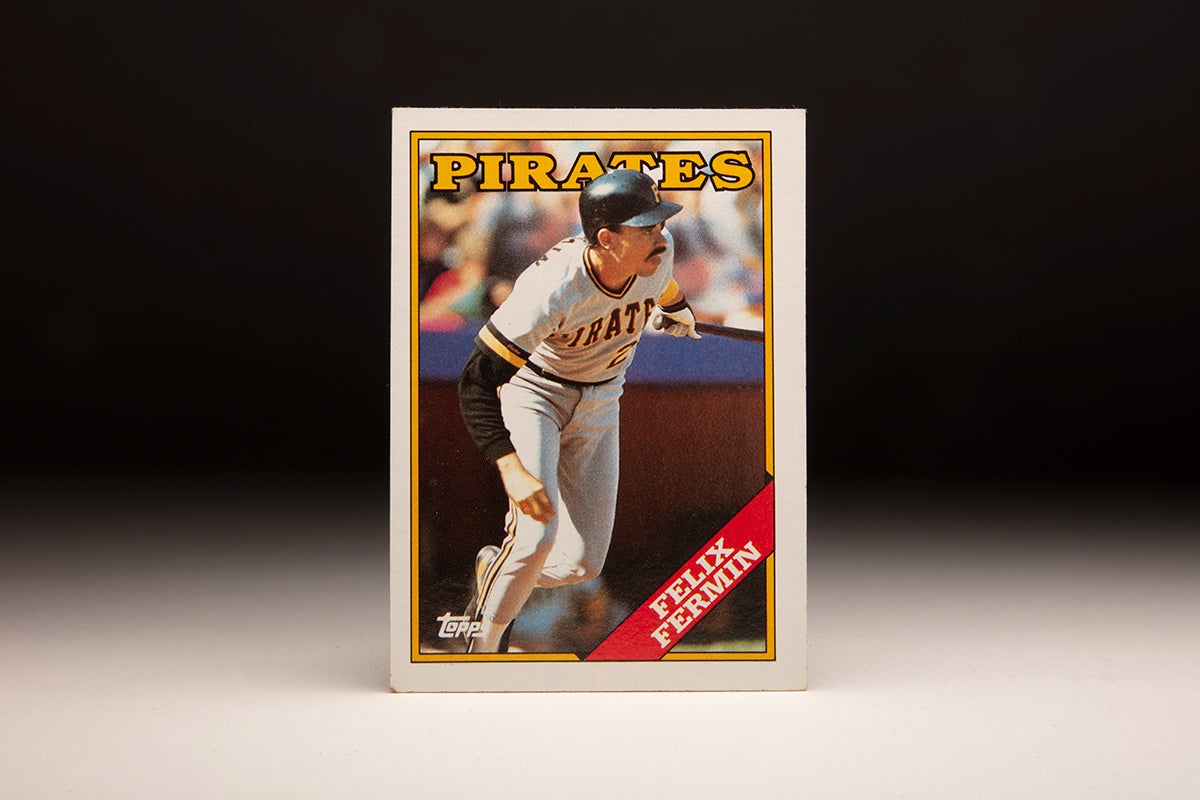
Félix José Fermín was born Oct. 9, 1963, in Mao, Dominican Republic, located on the northern part of the island and about 180 miles from the cradle of shortstops: San Pedro de Macorís. He was signed by the Pittsburgh Pirates on June 11, 1983, and he spent most of that summer with Class A Watertown of the New York-Penn League, where he hit .197 in 67 games.
The next season, Fermín moved up to Class A Prince William, where he improved his average to .246, accepted 580 chances at shortstop in 119 games and was named a Carolina League all-star.
In 1985, the Pirates promoted Fermín to Double-A Nashua, where he led Eastern League shortstops in fielding percentage (.964), games (136), putouts (251) and total chances (661). But he hit just .226, prompting the Pirates to return Fermín to Prince William to start the 1986 season.
After hitting .280 with Prince William, however, the Pirates moved Fermín all the way up to Triple-A Hawaii. Fermín then began the 1987 season back in the Double-A Eastern League with Harrisburg, where he impressed Pirates talent evaluators with his fundamentals and effort.
Harrisburg manager Dave Trembley called Fermín the team’s most valuable player.
“Félix probably has some of the best baseball instincts I’ve ever seen,” Trembley told the Harrisburg Patriot-News. “He never complains. He hustles all the time. I’ve never seen anybody turn the double play better than him.
“He might be the best team player I’ve ever seen.”
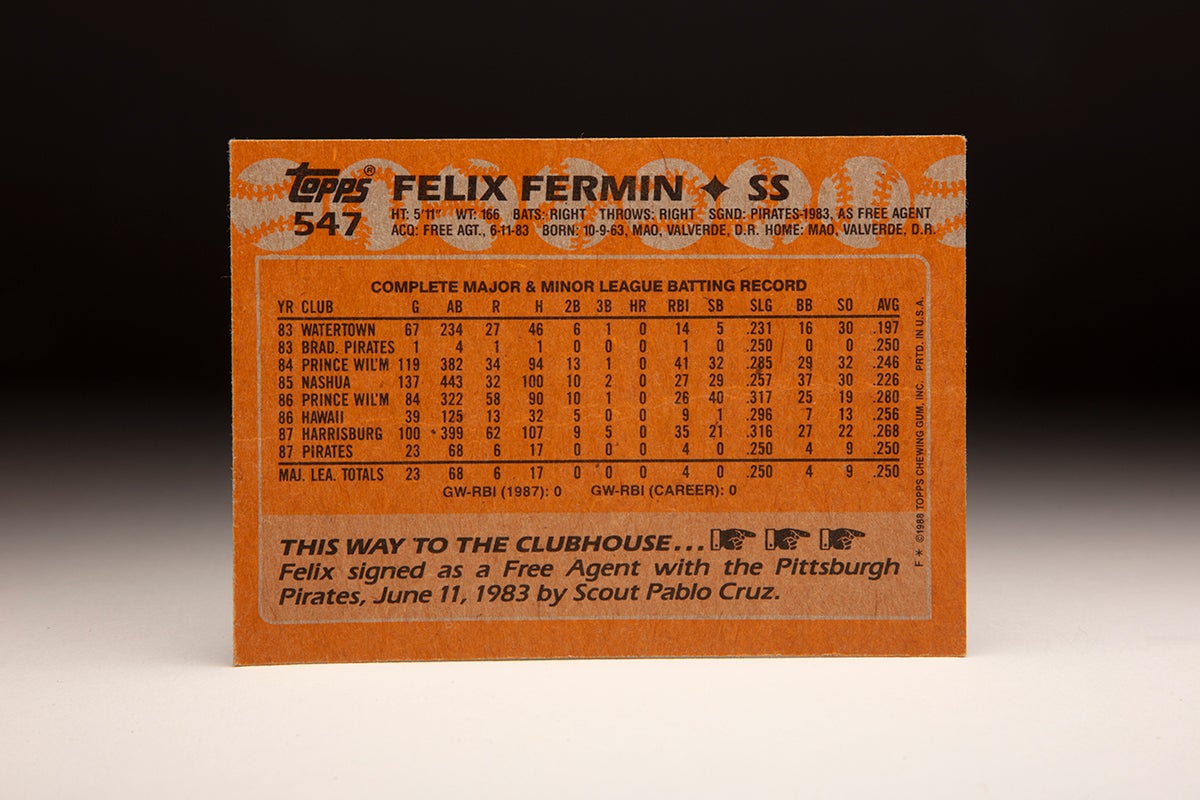
Fermín was starting at shortstop for Double-A Harrisburg when the Pirates, dissatisfied with light-hitting Rafael Belliard and his .188 batting average, promoted Fermín to the big leagues on July 8 ahead of Sammy Khalifa, their No. 1 pick in the 1982 MLB Draft who was at Triple-A Vancouver.
“Plain and simple, the organization felt Fermín deserved the chance,” Pirates manager Jim Leyland told the Pittsburgh Press. “Obviously, we are looking for more production from our shortstop and we feel (Fermín) can do more things to be productive at this time than Rafael or Sammy.”
For his part, Fermín was unsure he’d get the opportunity in 1987.
“They told me that if I did good in Double-A, I could jump to the big leagues,” Fermín told the Press.
But he wasn’t convinced Pittsburgh was within reach until Harrisburg teammate Brett Gideon was called up to Pittsburgh a few days earlier.
“Then, I knew it was possible,” Fermín said.
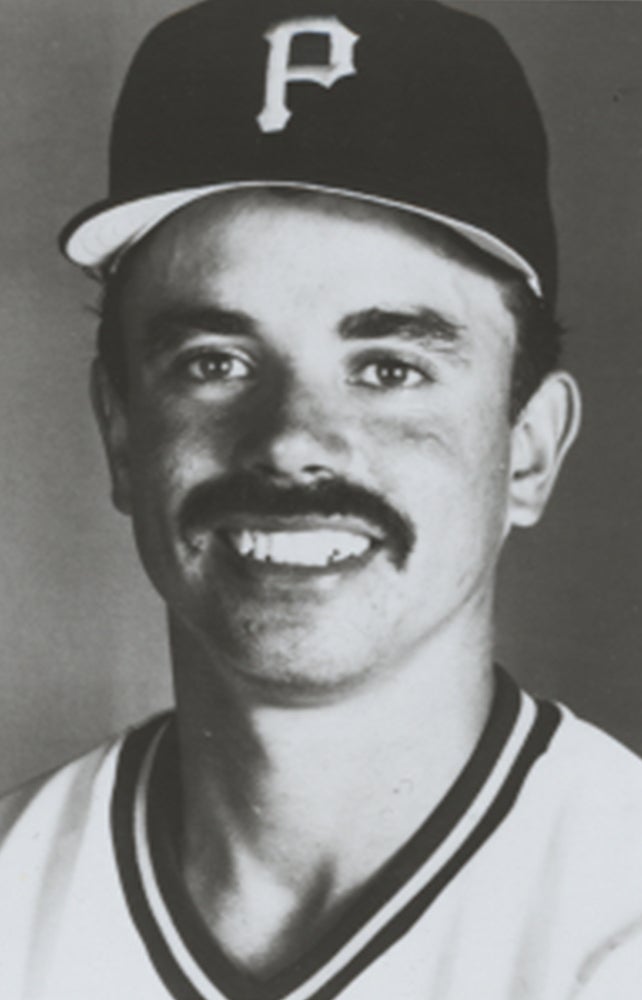
Fermín debuted with the Pirates on July 8 and got his first big league hit – a single against San Diego’s Jimmy Jones – two days later. He made six straight starts at shortstop for the Pirates before he fractured his right thumb on July 18 against the Dodgers while trying to bunt. When he was able to return to action about three weeks later, the Pirates sent him back to Harrisburg.
He returned to Pittsburgh in September and finished the year with a .250 batting average in 23 games for the Pirates, making only two errors in 100 chances at shortstop.
While Fermín was injured, the Pirates turned to Al Pedrique at shortstop, and Pedrique hit .301 in 88 games to earn a chance to play everyday in 1988. Pittsburgh also kept Belliard on the roster and sent Fermín to Triple-A Buffalo, where he spent much of the season. Fermín hit .261 in 87 games for Buffalo, earning a spot on the American Association’s all-star team and compiling a 55-game errorless streak, one short of the record set by Lee Tate of Omaha in 1958.
With neither Pedrique nor Belliard able to firmly grasp Pittsburgh’s shortstop job, the Pirates started Fermín at short for most of the month of September. But while he hit .276 in 43 games for Pittsburgh that year, Fermín once again showed little power. Through the end of the 1988 season, Fermín had played 700 professional games and had failed to hit a single home run in any of them.
Then on March 25, 1989, with Fermín seemingly in line to start the season at shortstop for the Pirates, Pittsburgh sent Fermín to Cleveland in exchange for shortstop Jay Bell to complete a player-to-be-named later deal that was initiated the previous November. The deal gave Pittsburgh the shortstop it was looking for – one that would cement its infield on three straight division-title winners from 1990-92 – and gave Fermín a chance to play every day.
“Fermín is definitely a front-line defensive major league shortstop,” Cleveland manager Doc Edwards told the Akron (Ohio) Beacon Journal after the trade. “We wanted someone to fill the defensive bill and although Jay may do that down the road for somebody, we didn’t think he had the range at this time. At this point, we’re willing to sacrifice offense at that position to improve our defense.”
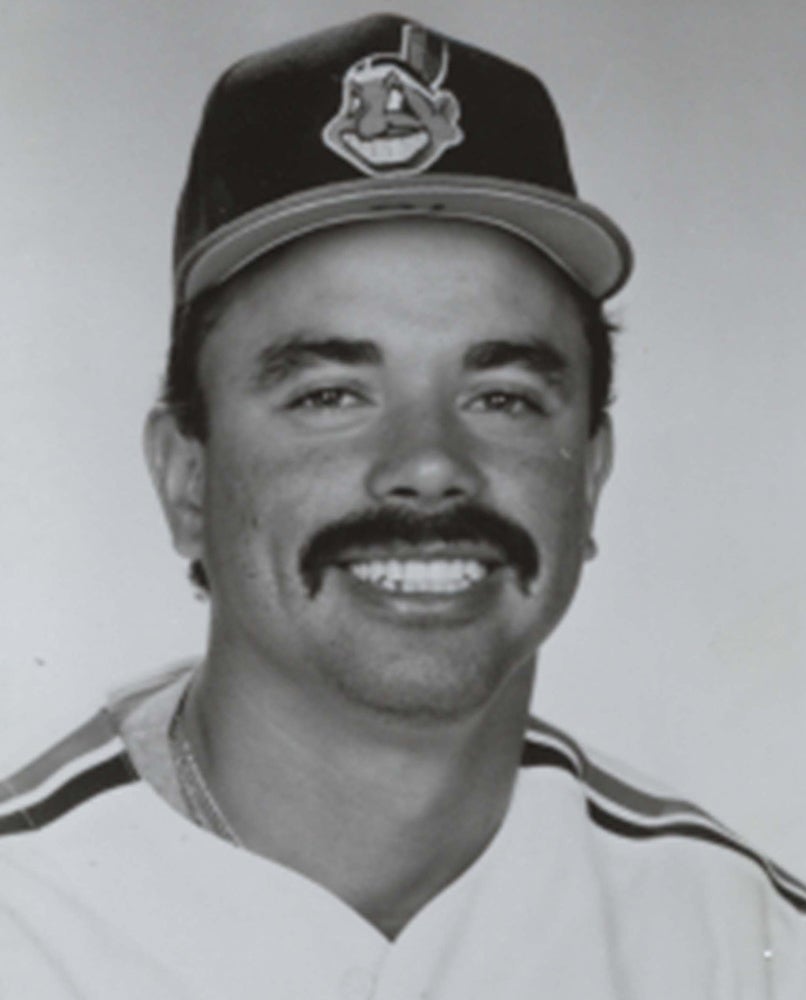
Edwards put Fermín in the lineup on Opening Day and kept him there the entire 1989 season. Though he led American League shortstops in errors that year with 26, he also finished second in the league with 512 assists at the position. He hit .238 and drew 41 walks, striking out just 27 times in 562 plate appearances while delivering a league-leading 32 sacrifice bunts. He also had just 10 extra base hits on the year (nine doubles and one triple) for a .260 slugging percentage – a mark that is the second-lowest for any player in the expansion era (post 1960) with at least 155 games played in one season. Only Rangers catcher Jim Sundberg, who had a .256 slugging percentage in 155 games in 1975 but actually had six home runs that year while batting .199 – had a lower mark than Fermín.
Fermín was plagued by shoulder and hamstring problems in the spring of 1990, and former Mets shortstop Rafael Santana started on Opening Day at short for Cleveland. But Fermín returned to the starting lineup in mid-April and on April 22, he hit his first pro home run against Donn Pall of the White Sox.
“(Santana) did a nice job for us in Spring Training when Félix was hurt,” Cleveland director of baseball operations John Hart told the Cleveland Plain Dealer after Santana was released on April 25. “But once Félix got well and started playing, it was obvious that he was the man.”
Fermín increased his batting average to .256 in 1990 and got his slugging average over the .300 mark at .304 while cutting his errors to 16.
“You want consistency at shortstop,” Indians third base/infield coach Rich Dauer told the Plain Dealer. “You don’t necessarily need a guy who is going to make great plays. You want the guy who is going to make the routine play day-in and day-out. Félix does that and he makes the great plays as well. I haven’t seen another shortstop that’s making more plays than him.”
Fermín was the Opening Day starter for Cleveland again in 1991 – a season where the team moved the fences back at Cleveland Stadium to take advantage of the legs of speedy center fielder Alex Cole. The move placed Fermín at the focal point of a plan to feature pitching, speed and defense.
“We want Félix to be the center of our defensive scheme,” Dauer told the Associated Press. “We want him to handle every ball he can handle.”
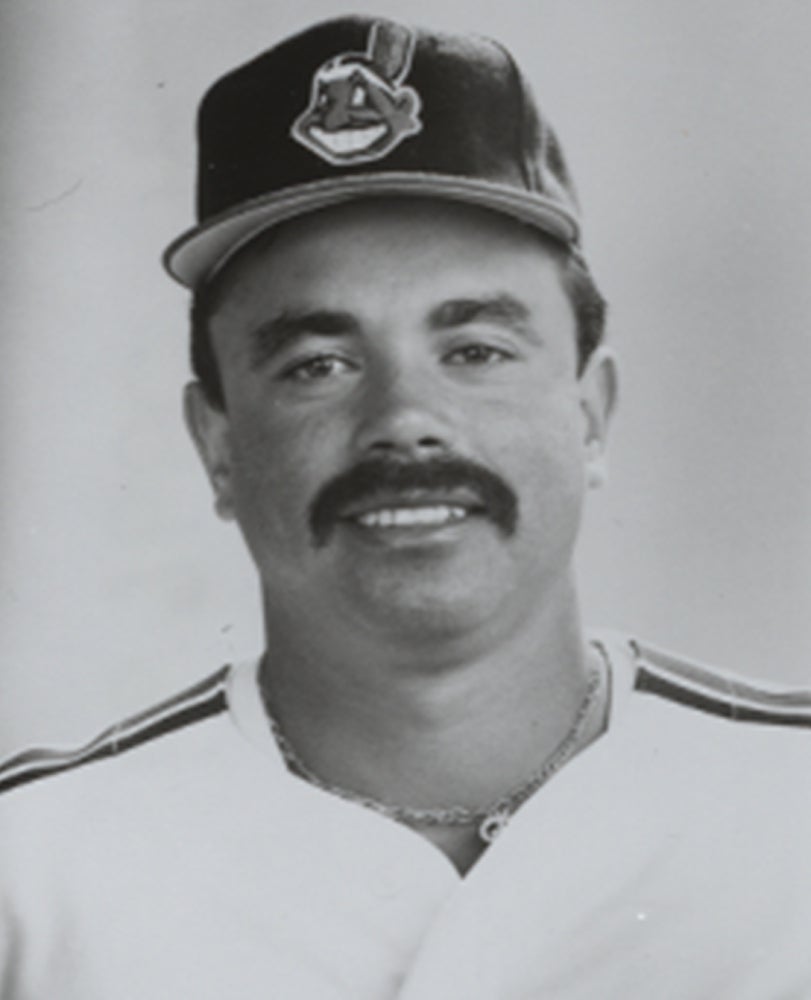
But the plan backfired when Cole was unable to duplicate his 1990 performance, costing manager John McNamara his job. Fermín started for most of the season, save for two weeks in late April/early May when he was sidelined with a calf injury. The Indians recalled Mark Lewis, the No. 2 overall pick in the 1988 draft, at that point, and while Fermín kept the starting job once he returned, it was clear that Lewis would have a shot at the starting position in 1992.
“The plan is to let Félix and Mark go head to head,” new manager Mike Hargrove told the Plain Dealer about Cleveland’s 1992 blueprint. “But to beat Félix Fermín out of a job, Mark Lewis is going to have to do more than just have a higher batting average. It’s going to be a very subjective call.”
Lewis wound up winning the starting job in the spring of 1992 as Cleveland began assembling the club that would dominate the American League in the latter half of the decade. But defensive issues kept Lewis from firmly grasping the position, and Fermín continued to see regular playing time.
Hart, now the team’s general manager, was hesitant to trade Fermín even though he was making $950,000, more than any other player on the Indians.
“I’ve said all along that we’re reluctant to trade Félix,” Hart told the Beacon Journal, admitting that he also had few decent trade offers for Fermín. “You need two shortstops on a club.”
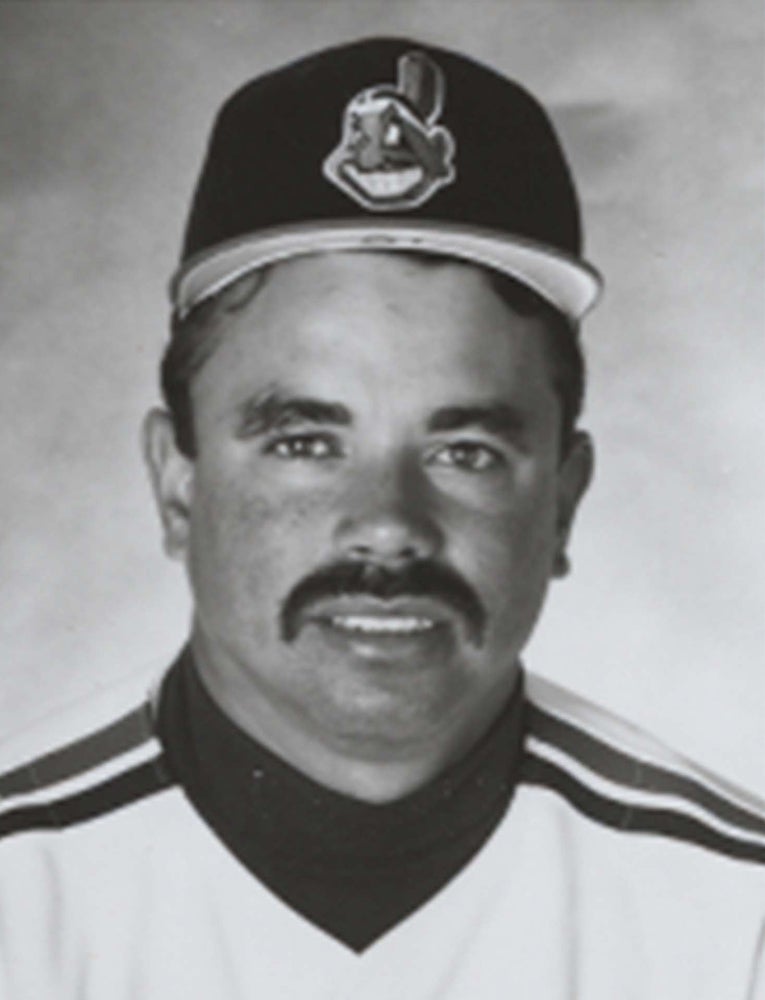
Fermín played in only 79 games in 1992 but moved past Lewis in the eyes of Cleveland’s front office and started most of the team’s games down the stretch. On Dec. 17, he signed a two-year deal worth a reported $2 million that included team option years for 1995 and 1996. But the 1995 option had to be picked up by the end of 1993 or Cleveland would lose both options.
By 1995, the Indians would be a vastly different team than the one Fermín joined in 1989.
Unsurprisingly, Fermín – who was named the winner of the Cleveland baseball writers “Good Guy Award” in 1992 – was the Opening Day starter at shortstop in 1993 and played in 140 games, batting .263 with career-bests in home runs (2), hits (126) and RBI (45). He was also the toughest batter in the AL to strike out that season, fanning only 14 times in 480 at-bats.
But with young stars like Carlos Baerga, Albert Belle, Manny Ramírez and Jim Thome in the clubhouse, Hart decided he wanted a young shortstop as well. On Dec. 20, 1993, the Indians traded Fermín and Reggie Jefferson to the Mariners for Omar Vizquel.
“In return for a starting shortstop,” Mariners general manager Woody Woodward told the AP, “we were able to get an everyday shortstop (Fermín and) another young bat with power from the left side (Jefferson).”
Vizquel, the reigning Gold Glove Award winner in the American League, would go on to win eight straight Gold Gloves for Cleveland. Fermín, on the other hand, would provide stability for the Mariners until Álex Rodríguez, the first overall pick in the 1993 MLB Draft, was ready to replace him.
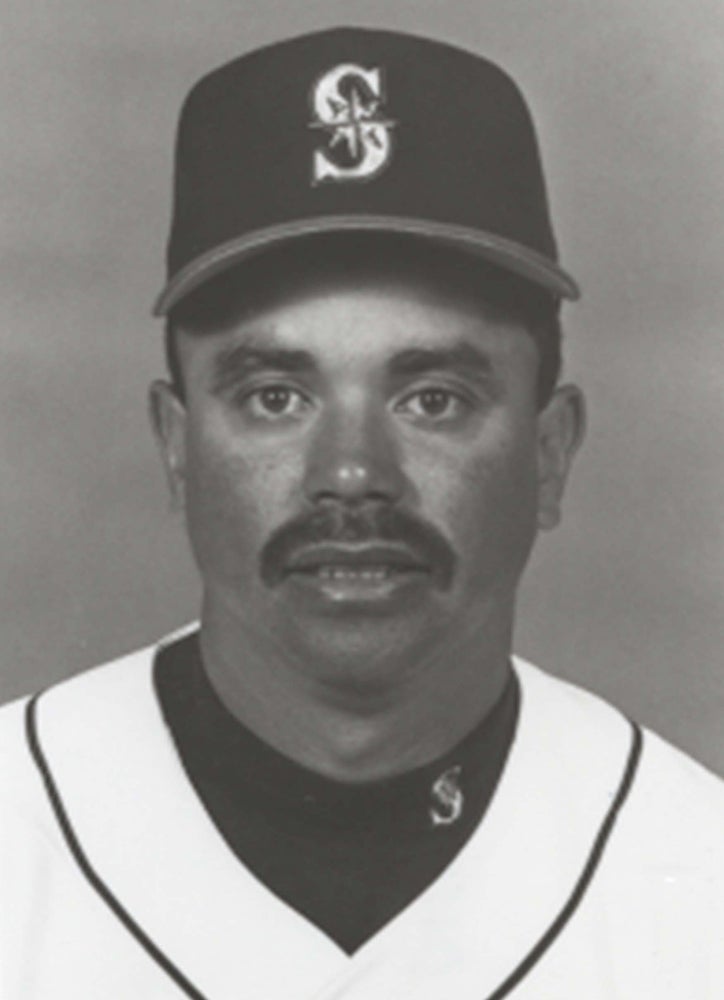
Fermín gave the Mariners all they could ask for in 1994, batting .317 with 21 doubles and 35 RBI in 101 games in that strike-shortened season. He was hitting as high as .340 in early July and was among the league leaders in hits before cooling off a bit late in the month.
“A lot of people are surprised about my start,” Fermín told the AP. “I’m a good contact hitter and the (Astroturf at Seattle’s Kingdome) helps me a lot. I hit a lot of ground balls that are hits here but weren’t in Cleveland.”
By the time the strike hit, Fermín had moved to second base to make room for Rodríguez. Fermín began the 1995 season as Seattle’s starting shortstop while Rodríguez got more seasoning in the minors but by May, Rodríguez returned to Seattle. He crushed Triple-A pitching to the tune of a .360 average while going back and forth between Tacoma and Seattle as Fermín clung to his position while battling knee and calf injuries. While Fermín hit only .195 that year, his veteran presence helped the Mariners win the AL West and advance to the ALDS vs. the Yankees.
In his first postseason action, Fermín appeared in three of the five games against New York off the bench as Luis Sojo started at shortstop. Rodríguez was also on the bench as the Mariners defeated the Yankees in five games. Sojo also started all six games of the ALCS vs. Cleveland as Fermín appeared twice as a defensive replacement. The Indians advanced to the World Series, denying their former shortstop a chance to play in the Fall Classic.
“The Indians are like family to me,” Fermín told Knight-Ridder Newspapers during the ALCS. “I spent five years there, so I can’t tell you how happy I am for them, to see all of the exciting moments they’ve had this year. I feel happy for everybody there.”
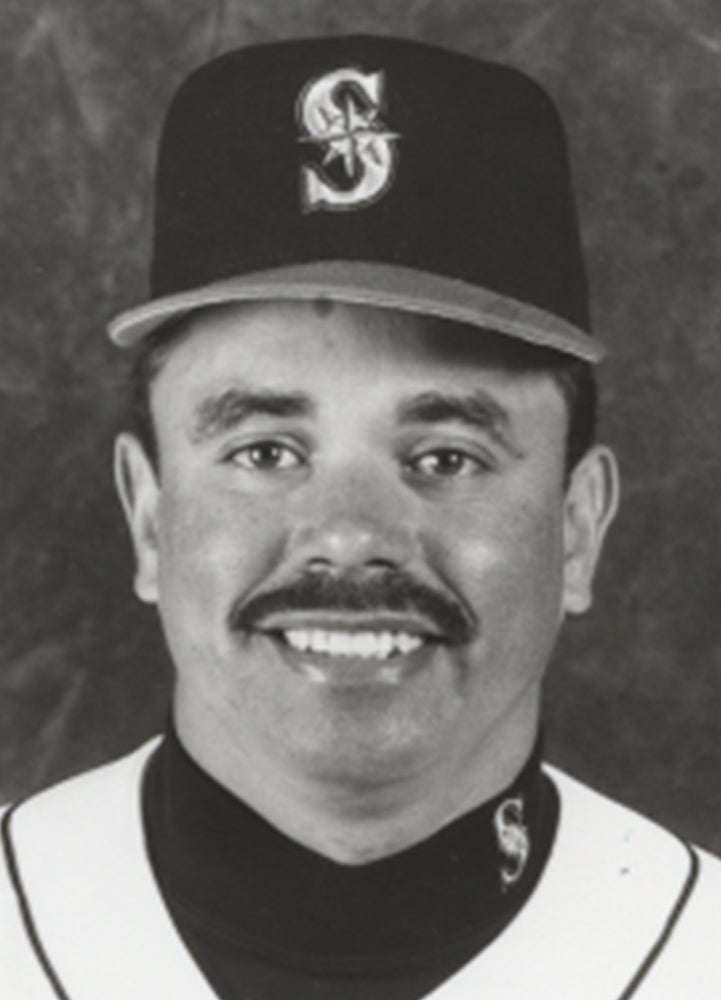
Fermín had one year left on his contract entering the 1996 season but Rodríguez now owned the position in Seattle. Two weeks into the season and before he had played in any games, Fermín was released. He signed with the Yankees on May 8 but was released two weeks later after appearing in just seven games for Triple-A Columbus. The Cubs then signed Fermín on May 29 and he was sent to Triple-A Iowa before coming to Chicago in July. He had two hits in 16 at-bats over 11 games before the Cubs released him on Aug. 9, ending his career.
Fermín remained in the game as a minor league coach with Cleveland and later managed in the Dominican Winter League, including a stint with Aguilas – a team he played with for years. Fermín also managed in the Mexican League and managed the Dominican National Team, earning Caribbean Series Manager of the Year honors in 2007. He was named the Mexican League Manager of the Year in both 2013 and 2023.
Over his 10 big league seasons, Fermín batted .259 in 903 games. And though he was never a star, his career path regularly intersected with some of the biggest names in the game.
Persistence, it seems, gave Fermín a lasting place in baseball.
“I’ve had to win a job,” Fermín told the Plain Dealer in 1991, “almost every time I’ve gone to Spring Training.”
Craig Muder is the director of communications for the National Baseball Hall of Fame and Museum

